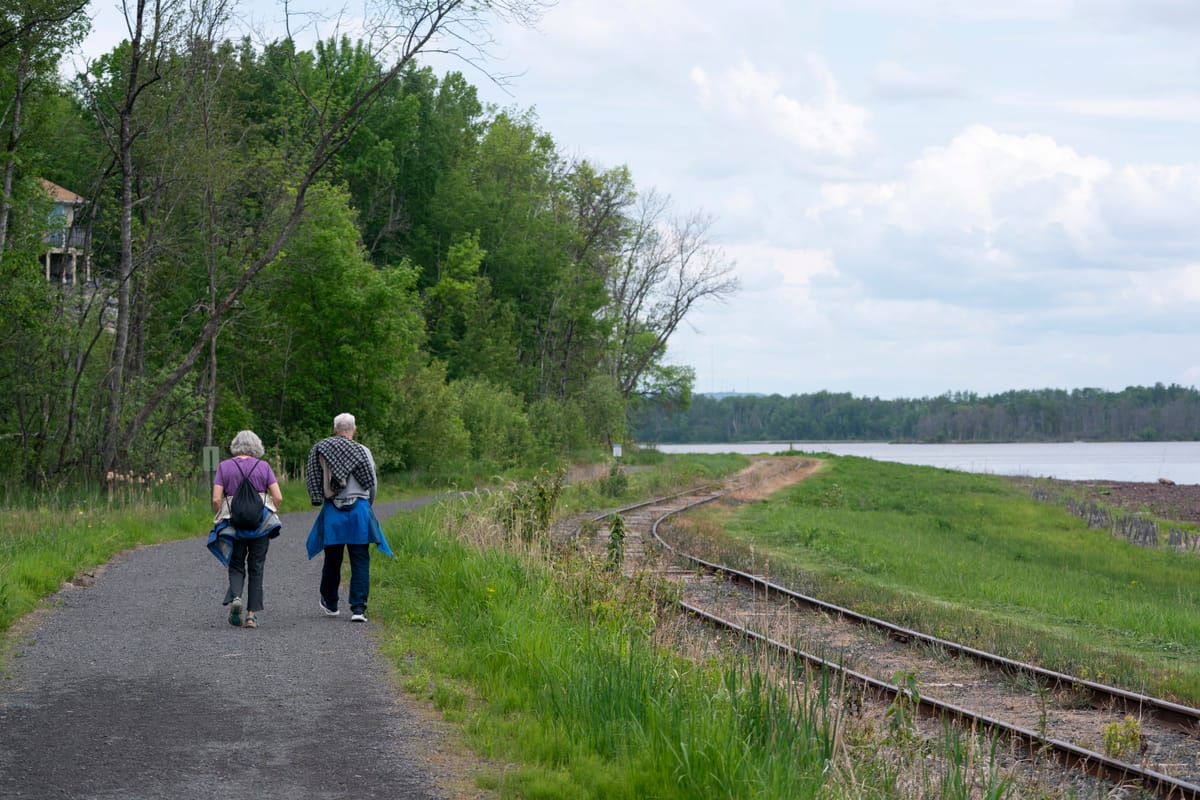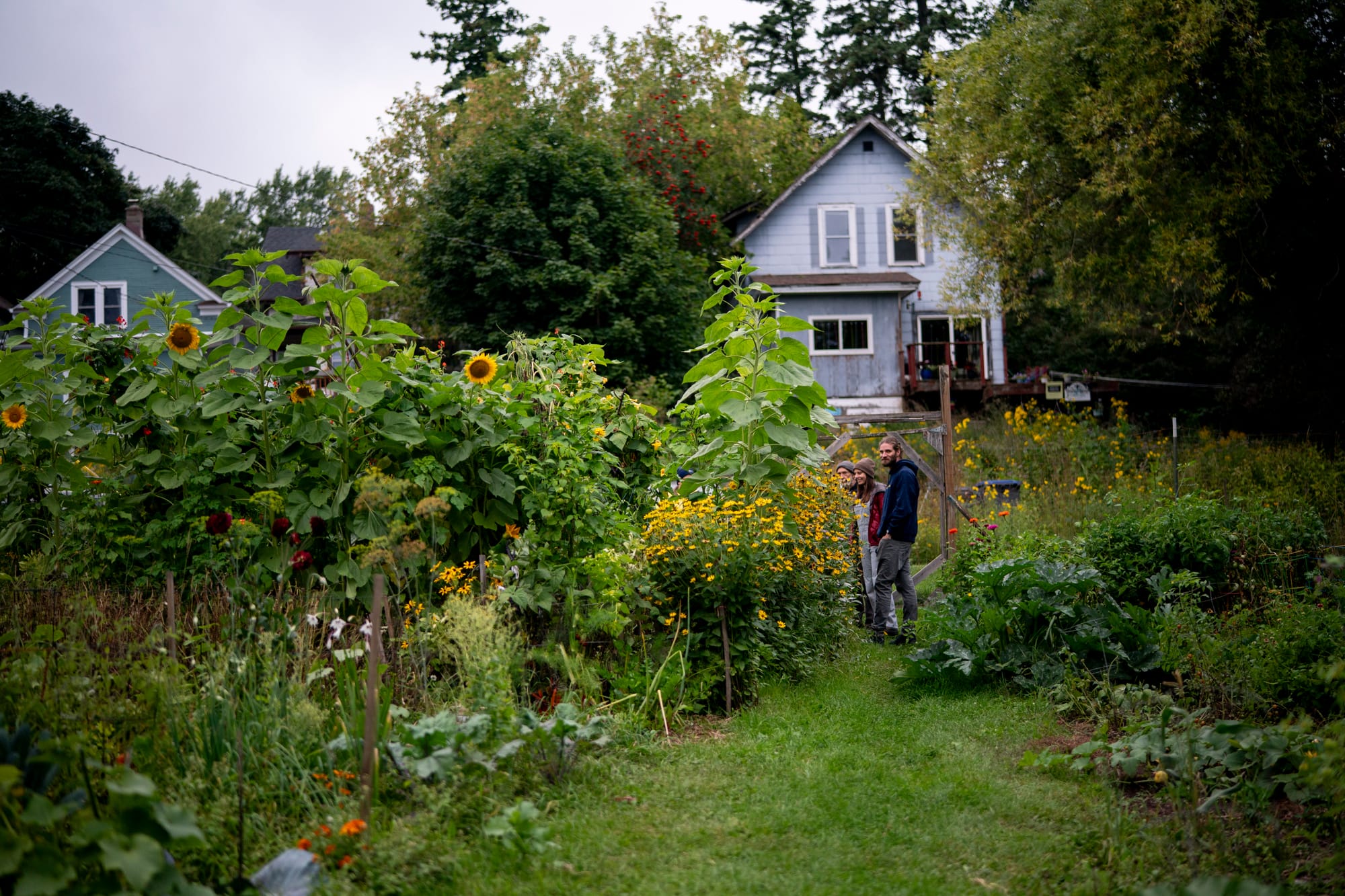Duluth Community Garden Program wilted. Volunteers stepped in to save it.
“I couldn’t watch it die,” said Haley Diem, who co-chairs the board and helped reshape it into a volunteer-run organization with other supporters of the gardens.
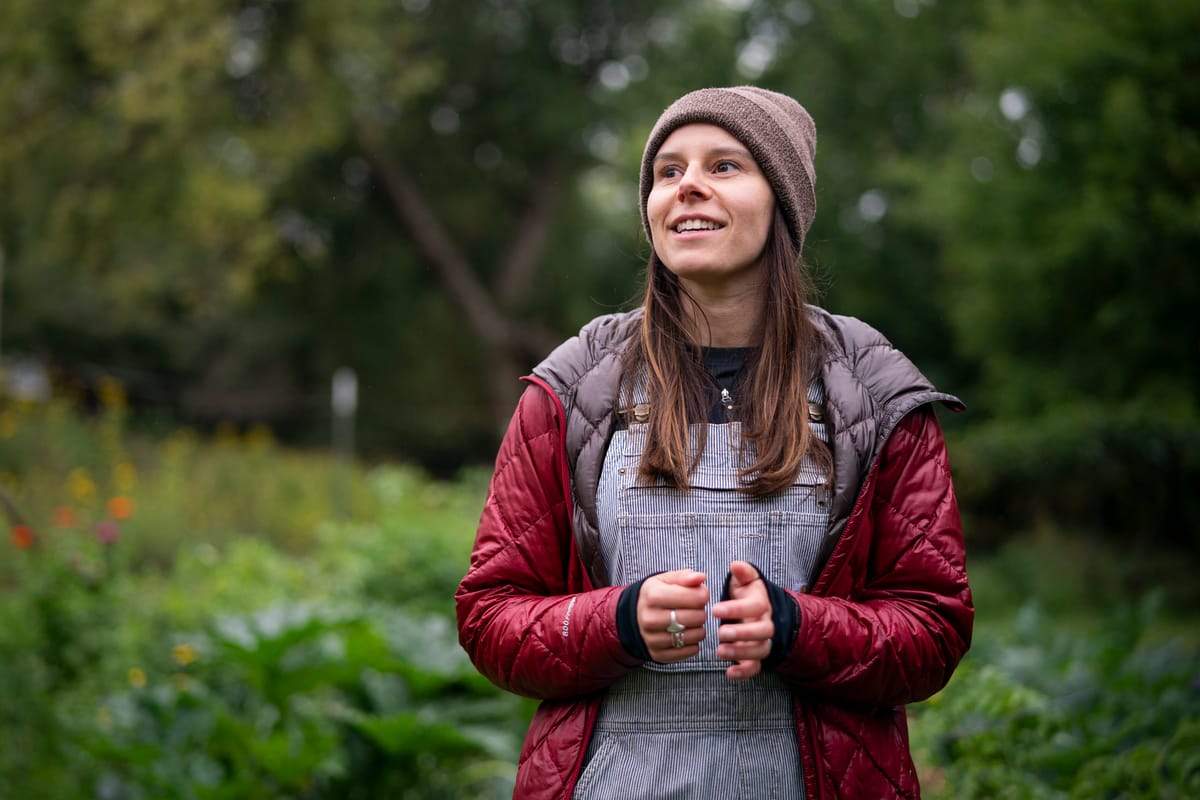
The Duluth Community Garden Program is like a living, breathing organism, said Dan Kislinger, a member of its board of directors. Sometimes it exhales completely without guarantee it will catch its breath.
(Air equals funding in this metaphor.)
“We paid the staff with grants,” Kislinger said. “And so when the grants would dissipate, then the staff would disappear.”
Kislinger witnessed three near-death experiences for the garden program in the 23 years he’s been involved.
Last year the program hit a wall with funding. It struggled to find support that would last more than a year and cover staff and other operating costs. This led to staff layoffs and the loss of its office space with a tool library. By summer the program faced dissolution.
Then local gardeners stepped in to save it. It took a few months to pull it together.
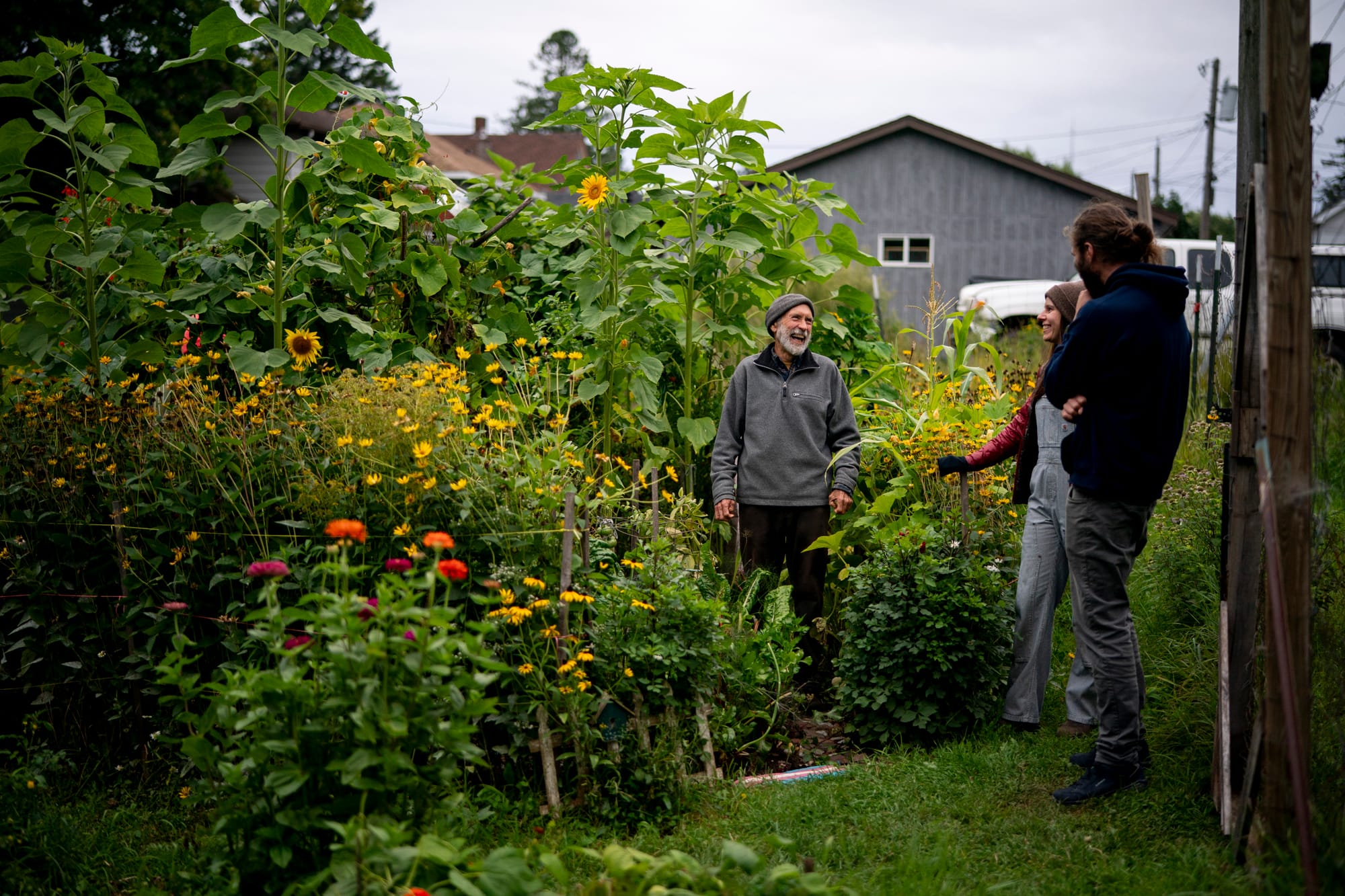
“I couldn’t watch it die,” said Haley Diem, who had been employed and furloughed by the Duluth Community Garden Program. Now she co-chairs the board and helped reshape it into a volunteer-run organization with other supporters of the gardens.
The Duluth Community Garden Program was in good company with its funding challenges. In 2024, 79% of nonprofits that responded to a Minnesota Council of Nonprofits survey reported having less than 12 months before exhibiting financial distress. That number reached 67% in this year’s survey.
Sign up for Project Optimist
Solution-focused information, art, and community conversations.
Get our free weekly newsletter. No spam. Unsubscribe anytime.
The Duluth Community Garden Program is 45 years old and contains 270 plots over 18 different sites or gardens. It was created to increase food security in the city and uses a sliding scale to ensure the plot fee is accessible to low-income residents.
About 60% of the more than 300 gardeners in the Duluth Community Garden Program use the flexible pay scale. It also has gardens along the bus lines to aid accessibility.
Studies show that community gardeners tend to eat more fruits and vegetables, participate in civic life more, and are healthier than non-gardeners, according to a review of research published in 2022 in the journal BMC Public Health.
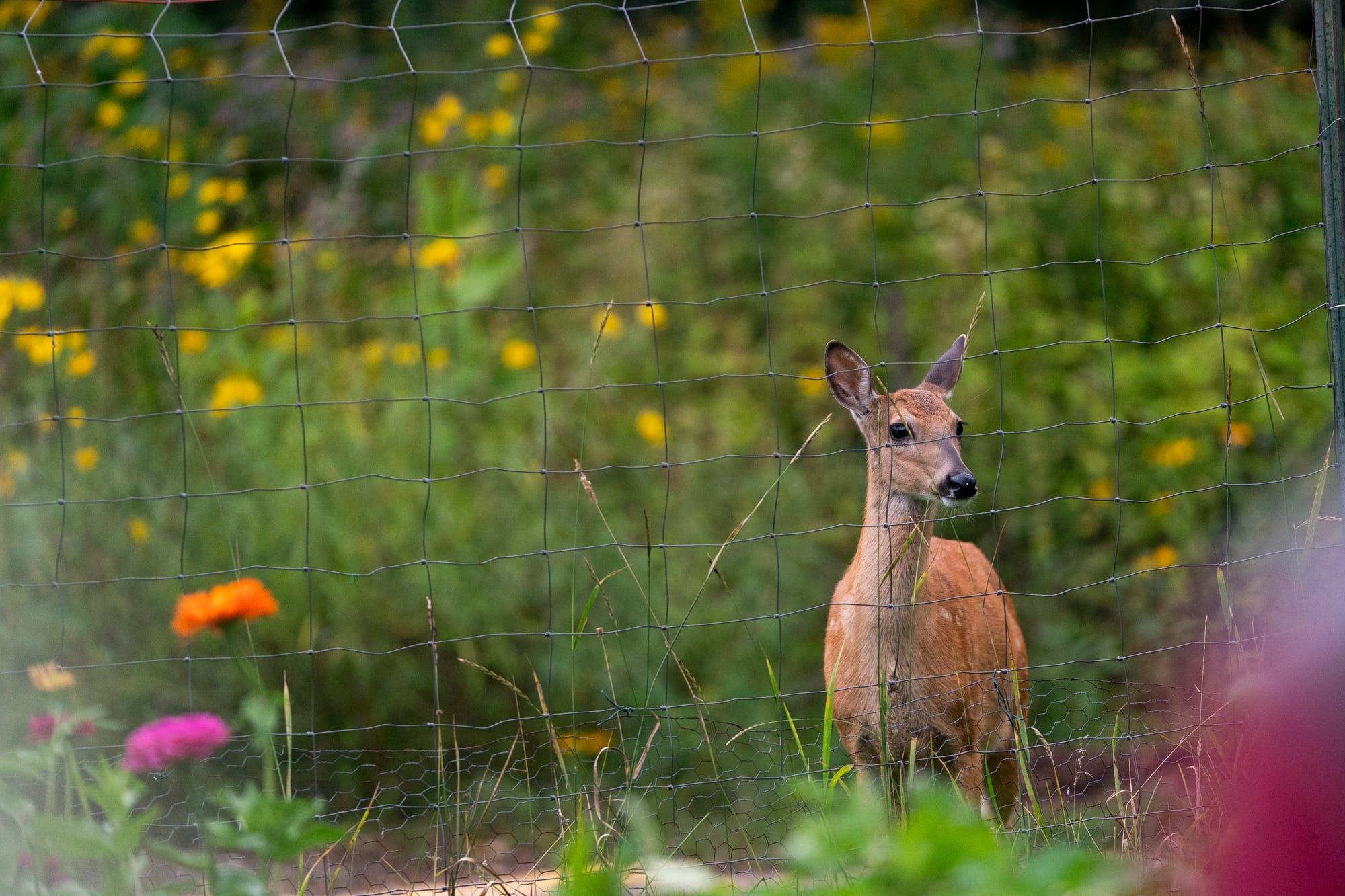
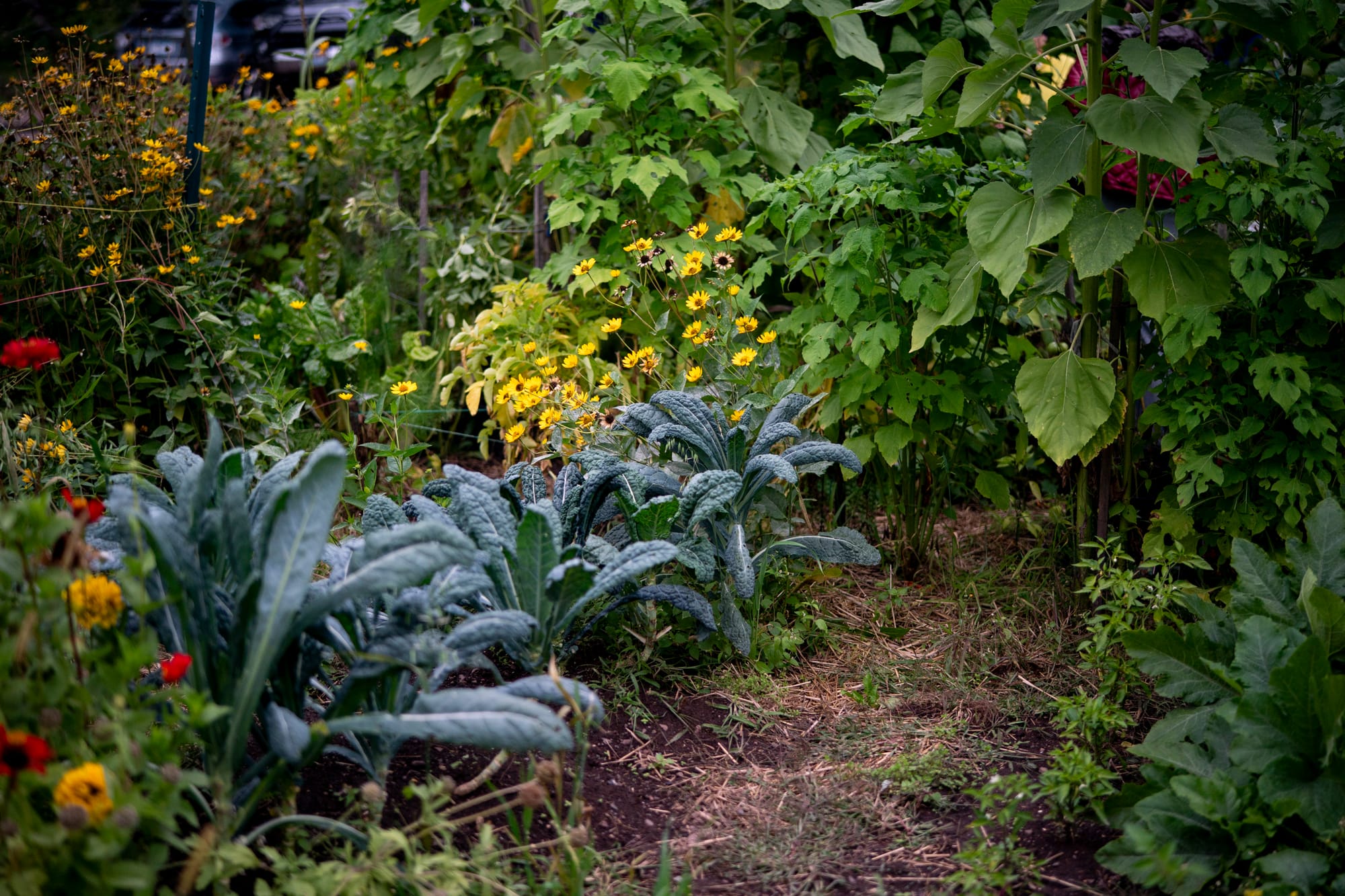
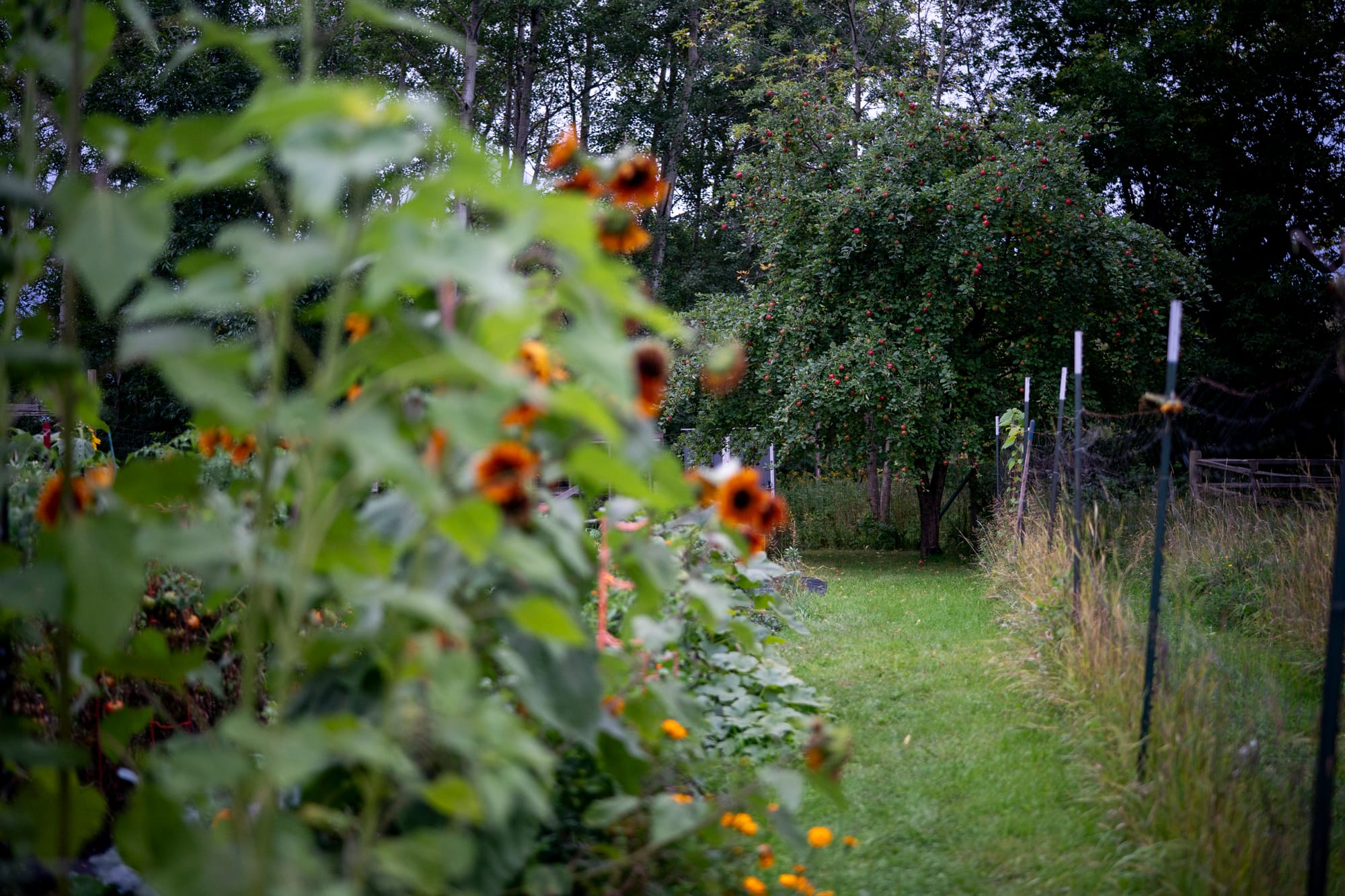
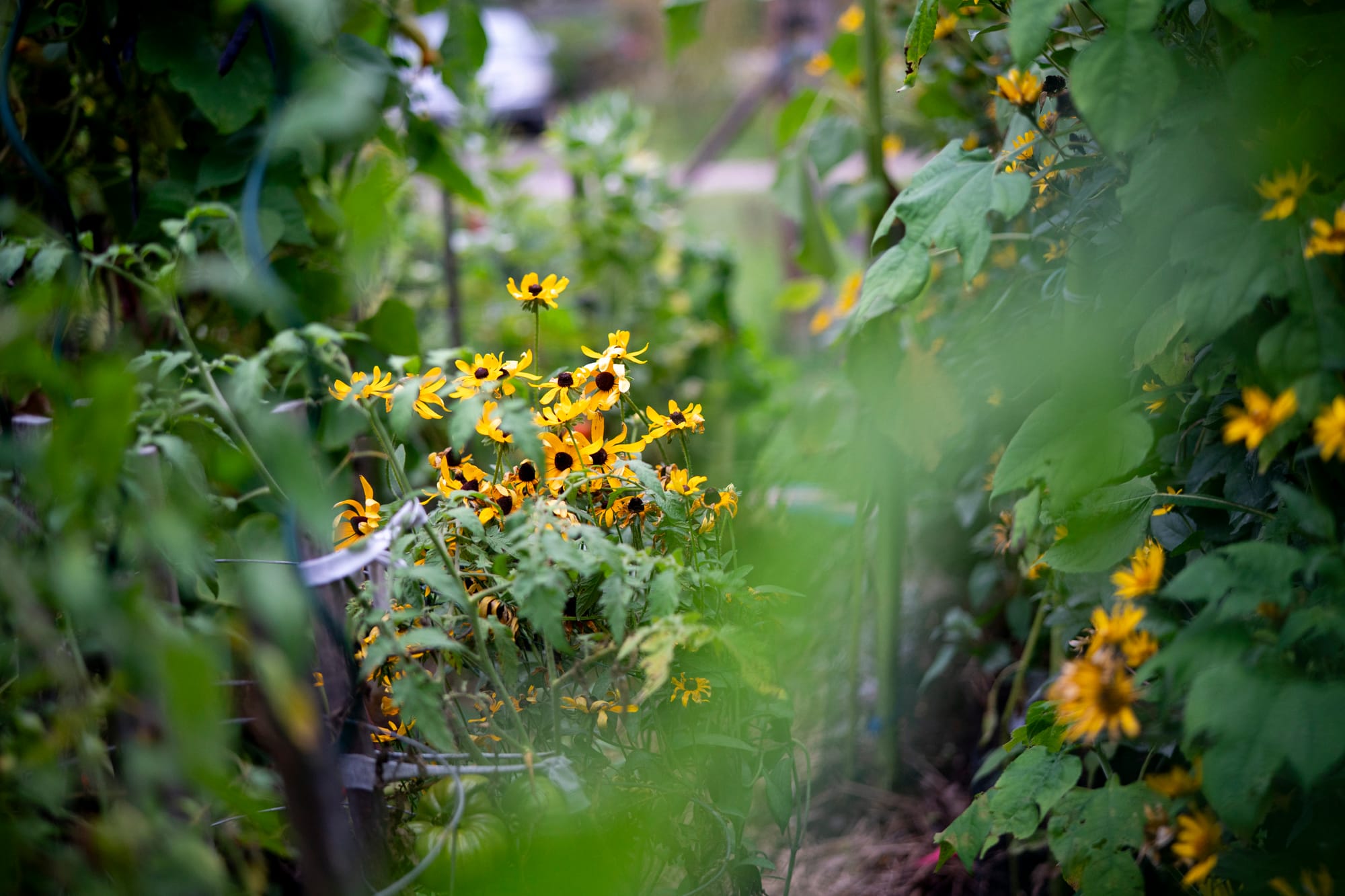

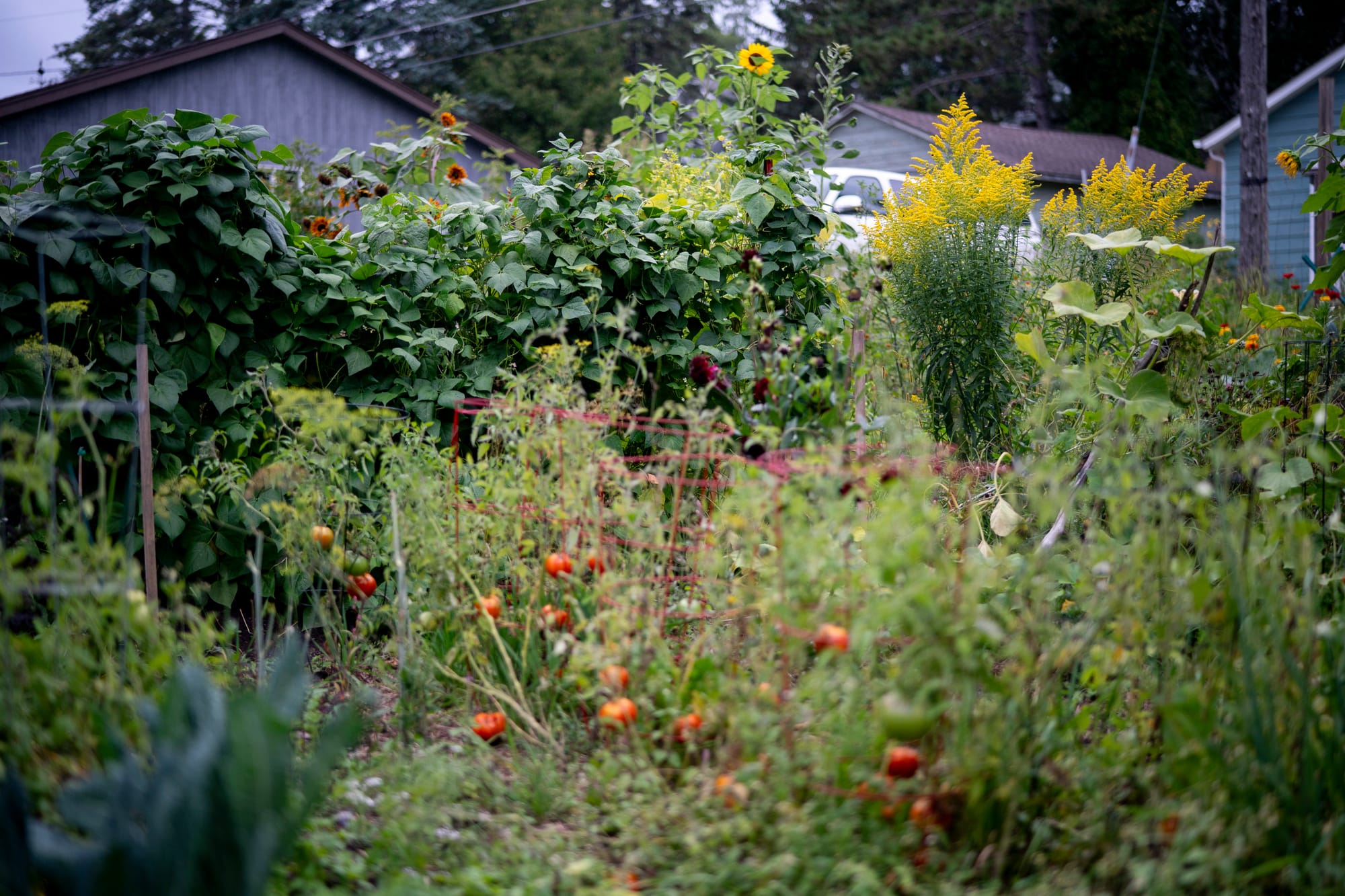
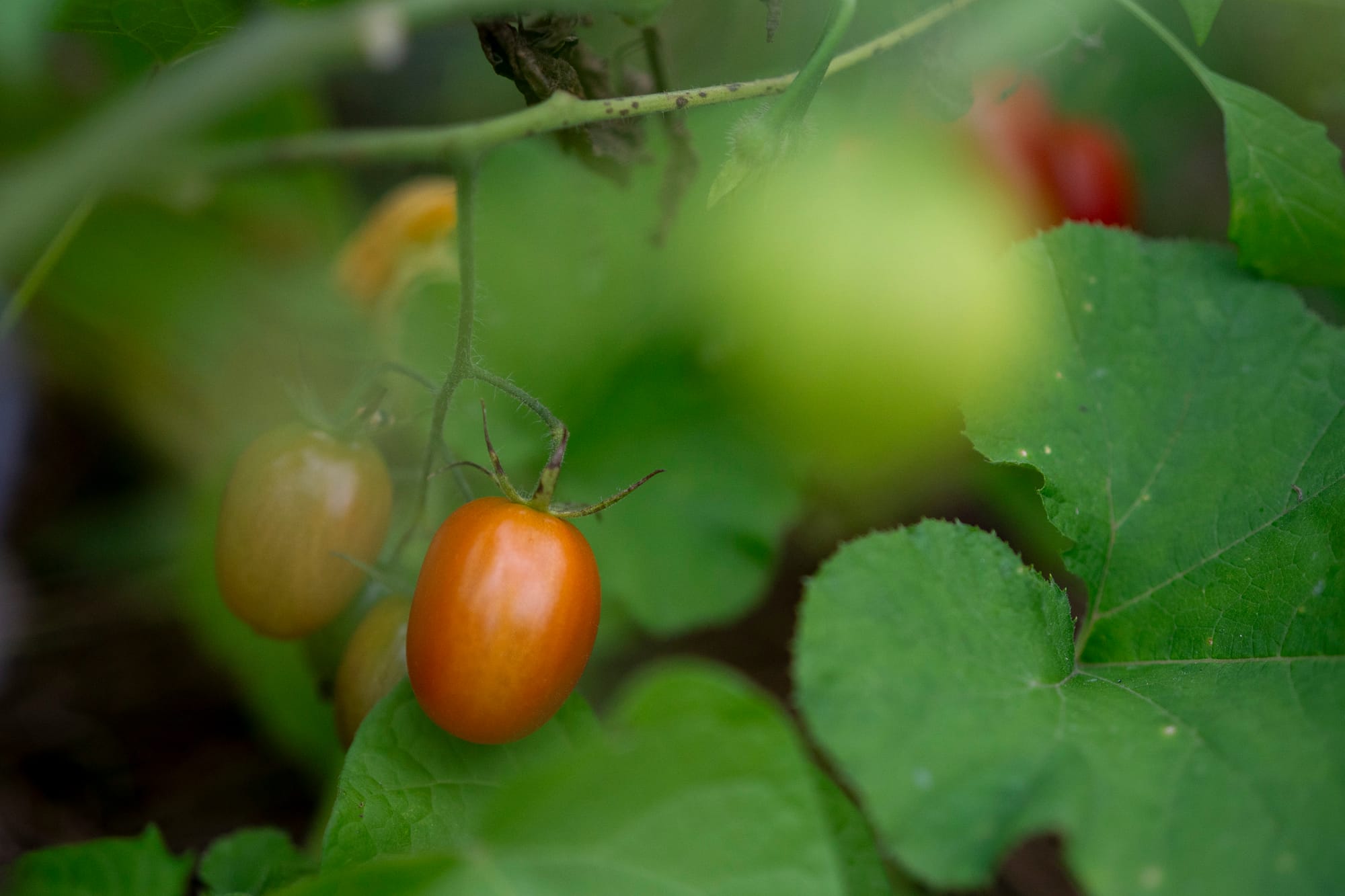
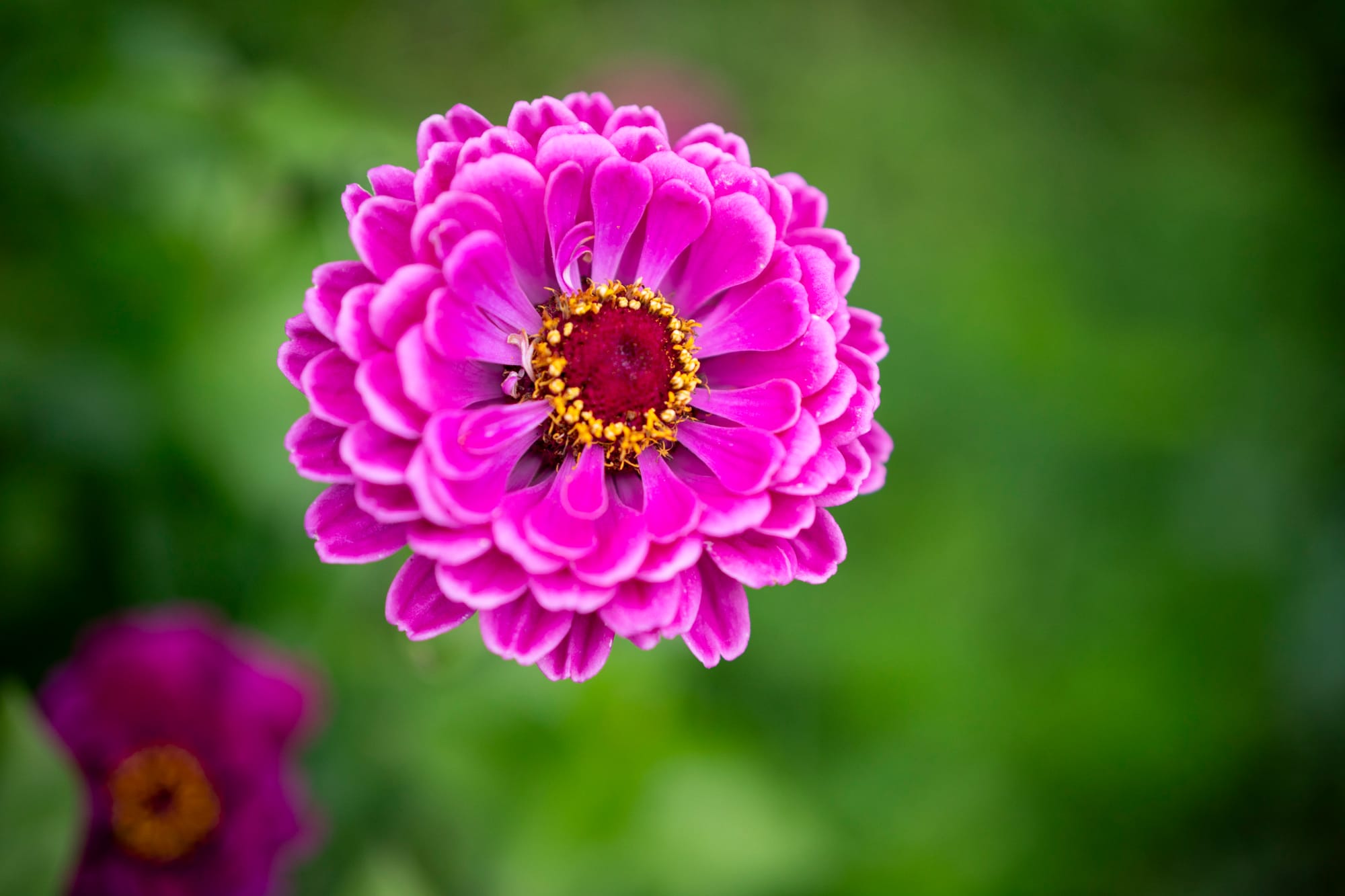
Vegetables, flowers, and neighborhood deer flourish at Chester Creek Community Garden on Friday, Sept. 5, 2025, in Duluth, Minn. (Erica Dischino for Project Optimist)
When Project Optimist interviewed a group of Duluth Community Garden Program mainstays in early September, they said the gardens are outlets for service and creativity, as well as health.
“I love belonging to a community group like this, and it's definitely a social fix,” said Beau Baker, site manager at the Chester Creek Community Garden. “I farmed for a long time, so it scratches that itch of getting in the dirt, growing food.”
‘Exiting survival mode’
In the past, grant-funded staff would bounce between the program’s 18 gardens, and they could never keep up. This year, each garden has a site coordinator who supports the gardeners and the land. The site coordinators are volunteers who get their plot fee waived. They also get $200 to use on supplies as they see fit.
Baker’s responsibilities include getting to know the gardeners and gardens, making minor repairs, and “lots of mowing,” he said.
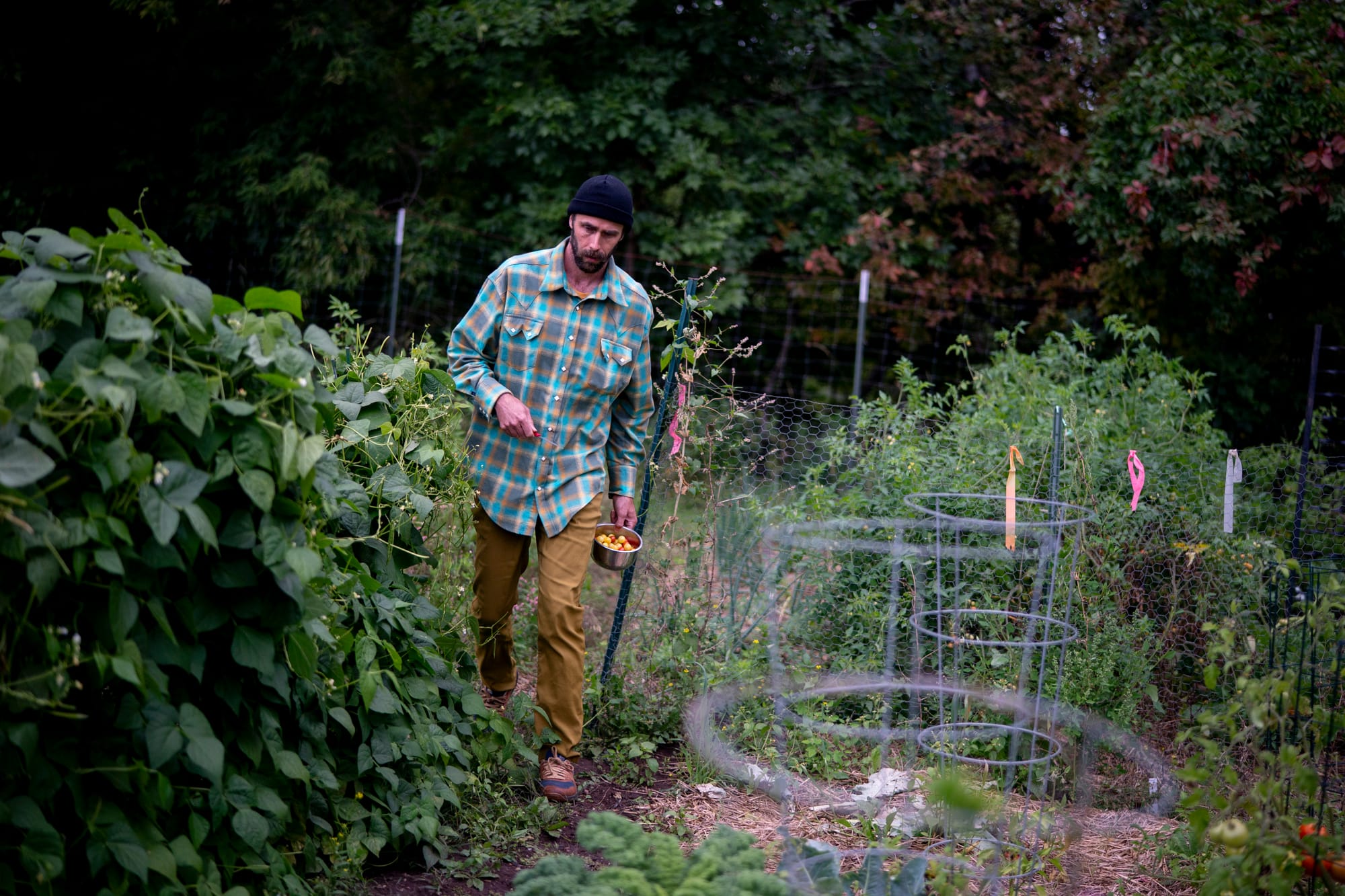
The organization now has a working board – board members help with its operations from fundraising to fence-building. (And the fences are important. A doe frequently jumps over the six-foot fence at Chester Creek Community Garden.)
“It was a survival decision. And we’re just exiting survival mode,” Diem said.
Grants are still part of the revenue mix, along with plot fees and various fundraisers. The organization now aims for longer-term grants, such as those that repeat for three years. It owns about a third of its gardens.
In addition to financial stability, success for the Duluth Community Garden Program will look like occupied plots. The organization scores plots by how they’re tended each year – planted but not weeded, fallow, or flourishing.
“This year there were unused plots, but they were tarped to get ready for next season,” Kislinger said. “To my mind, that was an improvement.”
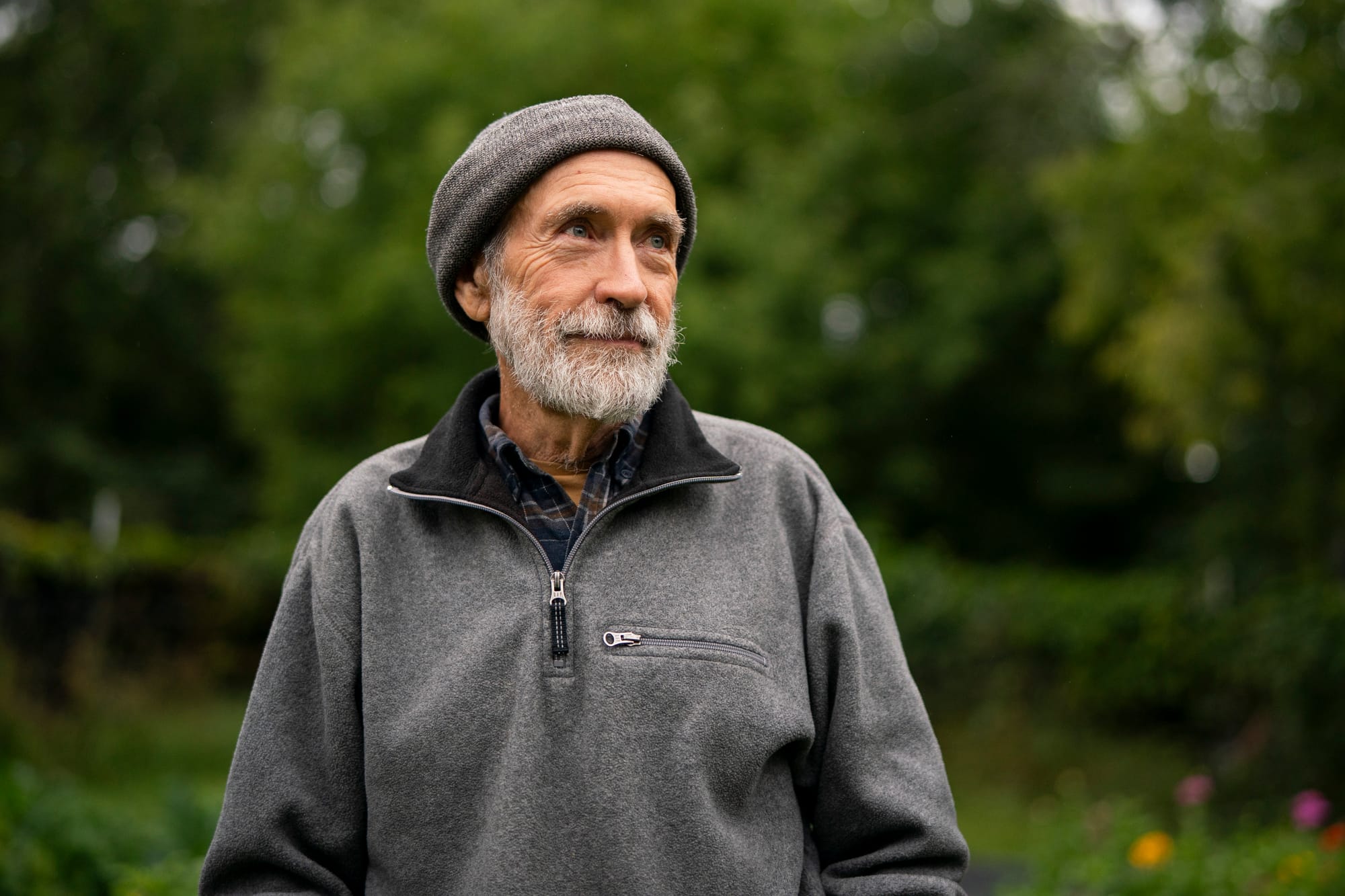
‘The good is endless’
Kathy Hermes keeps a plot with vegetables and flowers in the Chester Creek Community Garden and has been involved in the program for more than two decades.
“It’s my mental health care – the hope of a new gardening season that you can start entertaining in late February or March,” Hermes said.
The benefits of community gardens extend beyond the people directly involved.
“It's a huge amount of land when you put it together,” Diem said. “The good is endless. We're reducing our carbon footprint. We're raising local food. We're improving soil health. There's stormwater, rainwater catchment, and infiltration happening during rain events for the city before it enters Lake Superior.”
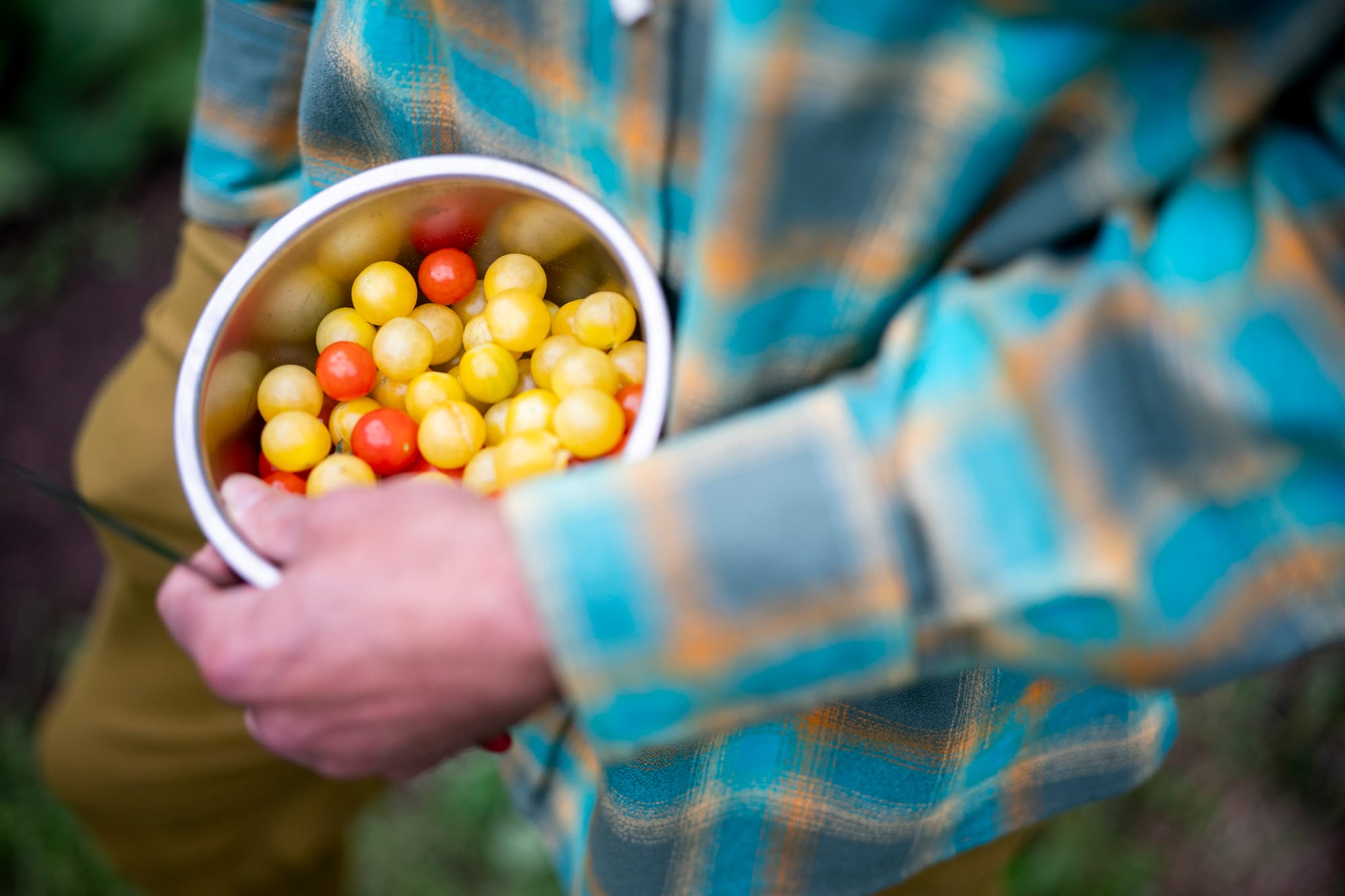
Duluth Community Garden Program has helped other organizations create their own community gardens and been part of education initiatives.
“That's my big thing,” said Diem, who also coordinates the One Vegetable, One Community program, which teaches area second graders about veggies via taste tests and growing seeds. “I don't know if we'll be able to continue. But when we have more money, we get to do more education.”
This story was edited by Becca Most and fact-checked by Nora Hertel with help from Dan Kislinger.
 Project OptimistLisa McClintick
Project OptimistLisa McClintick